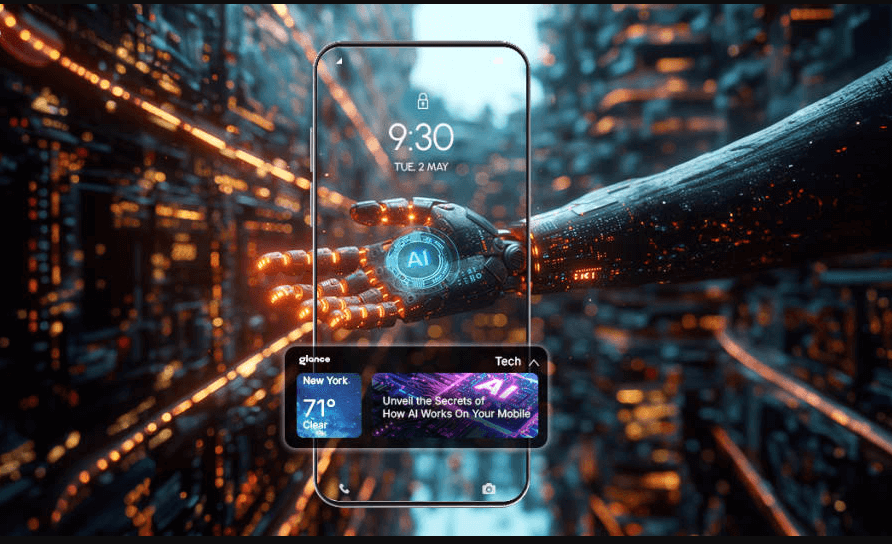The evolution of smartphones by 2025 reveals significant advancements that reflect current technological and environmental trends. AI-driven features enhance user interactions, while augmented reality integration offers immersive experiences. Security protocols are becoming increasingly robust, focusing on privacy. Additionally, manufacturers are adopting sustainable materials in their designs. These developments raise important questions about the balance between innovation and ecological responsibility. What implications do these changes hold for users and the industry at large?
The Rise of AI-Powered Features
As smartphones evolve, the integration of artificial intelligence (AI) is becoming increasingly prominent, reshaping user interactions and enhancing device capabilities.
Voice assistants are now more sophisticated, enabling seamless communication and task management.
Additionally, AI-driven personalized recommendations optimize user experiences by tailoring content to individual preferences.
This transformative shift empowers users, allowing for greater autonomy and a more intuitive relationship with their devices.
See also: The Ethics of Artificial Intelligence: What You Need to Know
Integration of Augmented Reality
The evolution of smartphones is marked not only by advancements in artificial intelligence but also by the increasing integration of augmented reality (AR).
This technology facilitates immersive experiences through interactive applications that enhance everyday activities, from gaming to shopping. Users can visualize products in their environment or engage in virtual simulations, thereby expanding the potential of smartphones to foster creativity and connection.
Enhanced Security Measures
While smartphone users increasingly rely on their devices for sensitive tasks, the demand for enhanced security measures has never been more critical.
In 2025, biometric authentication methods, such as facial recognition and fingerprint scanning, are expected to become standard.
Coupled with advanced data encryption techniques, these innovations aim to protect user information, ensuring greater privacy and security in an increasingly interconnected digital landscape.
Sustainable Materials and Eco-Friendly Designs
In 2025, an increasing number of smartphone manufacturers are expected to prioritize sustainable materials and eco-friendly designs in their products.
This shift involves the use of biodegradable components and recycled materials, reducing environmental impact and promoting responsible consumerism.
Conclusion
As smartphones continue to evolve in 2025, the integration of AI, augmented reality, and enhanced security measures reflects a profound shift towards more personalized and secure user experiences. Notably, studies indicate that 80% of consumers prioritize eco-friendly practices when choosing their devices, underscoring a collective awareness of environmental impact. This convergence of technology and sustainability not only meets the demands of modern users but also fosters a responsible approach to innovation, shaping a more conscientious digital future.




 The Evolution of Virtual Reality: What’s Next?
The Evolution of Virtual Reality: What’s Next?